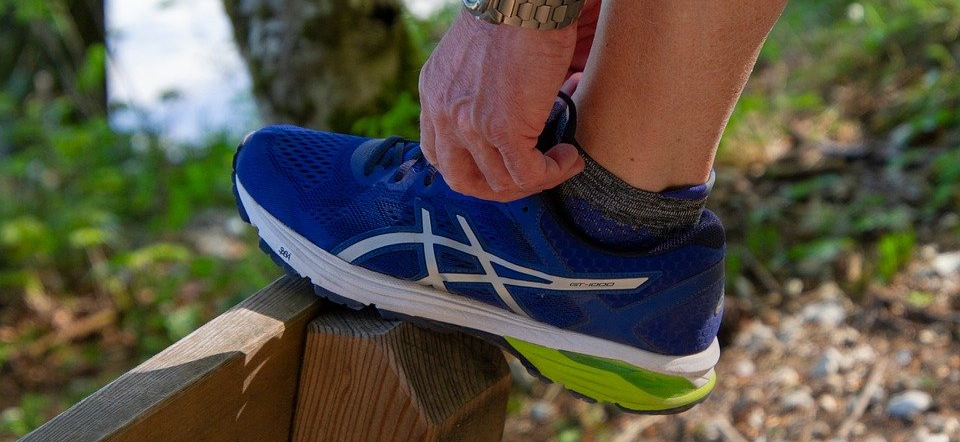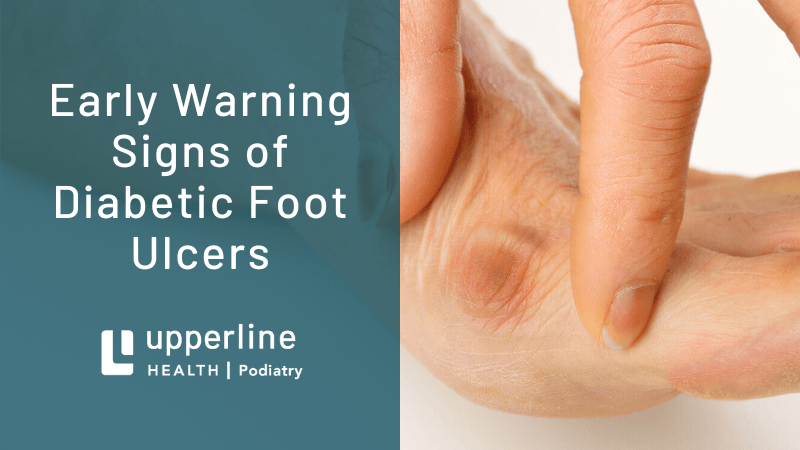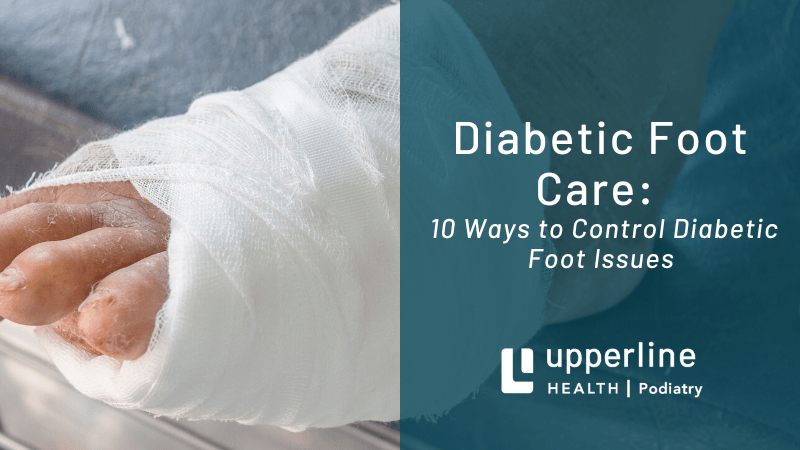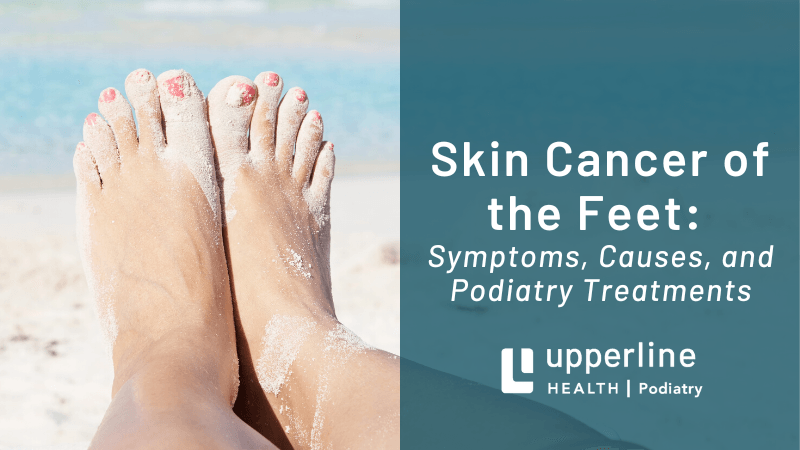Proper Shoe Wear For Summer Activities and the Reduction of Heel Pain
June 26, 2019

If you’ve noticed increased pain in your heel(s) in the last few weeks, you’re not alone. Summer brings out the worst in foot and heel pain as people transition to different shoes and a more active lifestyle. Selecting appropriate, supportive shoes, over-the-counter treatments and regular stretching can have a positive impact on your heel pain, but if your pain persists for weeks or months with no relief, a trained podiatrist can help alleviate your heel pain. Below we will answer some common questions related to heel pain.
Why does heel pain increase during the summer months?
Flip flops, boat shoes and other summer-specific footwear are major causes of heel pain during the summer months. In a world filled with quality shoes, wearing unsupportive, ill-fitting shoes should no longer be an issue, but everyone absolutely loves their flip flops and boat shoes. These slip-on, waterproof shoe options are comfortable, quick to put on and great for hot days at the beach or by the pool, but the lack of support, especially when walking far distances, can lead to increased heel pain.
Nice weather during the summer months also leads to more outdoor activities (i.e. walking, running, court and field sports, gardening), so many people are on their feet more often than in the cooler months. Increased activity, coupled with improper shoes, is a major contributor to summer heel pain.
Why do my heels hurt in the morning?
Post-static dyskinesia is a common cause of morning heel pain. When the heel is overworked, microscopic tears can form on the plantar fascia. During the night, the micro-tears begin to heal, and the arch becomes shorter. When you get out of bed in the morning and your feet are unsupported by shoes, the microtears that were healed re-tear, causing the increase in heel pain. The longer you rest, the more healing takes place, and the more pain you will feel. As a remedy, keep a pair of supportive shoes or slippers next to your bed and put them on before standing. This will decrease the re-tearing of the plantar fascia as well as the amount of pain you feel.
What is plantar fasciitis and how is it treated?
The most common cause of heel pain is plantar fasciitis. The plantar fascia is the dense ligament on the bottom of the foot (Plantar means “bottom”), and “-itis” stands for inflammation, so Plantar Fasciitis mean inflammation of the plantar fascia. When the plantar fascia gets cumulative microscopic tears due to overuse, the body tries to heal itself through inflammation.
Plantar fasciitis can be remedied through rest and home remedies, such as stretching, changing out your shoes or buying over-the-counter arch supports, but if the pain persists more than a few days, visiting a podiatrist may be your best option. Podiatrists will offer suggestions to alter your lifestyle as well as prescribe oral anti-inflammatory pain reliever, injection therapy, custom orthotic devices or night splints to help stretch the calves, physical therapy and surgical intervention on rare occasions.
Why is plantar fasciitis commonly self-diagnosed as a heel spur?
Plantar fasciitis is often mislabeled by people as heel spurs, though heel spurs have been scientifically proven through evidence-based medicine to not be the source of the pain. Spurs in the back of the heel can cause pain because they rub against the achilles tendon and the shoe, causing irritation. Ultimately heel spurs are just the old terminology associated with heel pain that we’ve always heard.
To treat a heel spur, you can either change shoes, you can live with it or you can have a podiatric surgeon operate on it.
What are the top ways to avoid heel pain this summer?
The most important thing to do is wear supportive shoes. They don’t need to be super expensive or fancy, but they do need to be well fitted and have heel support and arch support. Instead of flip flops, get a good pair of outdoor sandals like Tevas or Chacos. When taking part in activities, use sport-specific shoes, such as tennis shoes for tennis, running shoes for running/jogging and basketball shoes for basketball. The right shoe wear will make a huge difference in your comfort this summer as you enjoy your favorite activities.



